Almost twenty years ago, whilst living in Seattle, Washington in the United States, I stumbled across a publication that profoundly changed the course of my life. The publication plagued my thoughts a year later, when stranded with my (then one year old) son and our beloved Ela, bella - a travelling dog, in an idyllic village at the foot of the Sierra Madre del Sur mountains on the coast of Oaxaca, Mexico - with no access to Water.
The Fisherman's Chapel, San Agostinillo, Oaxaca - Mexico, 2001.
Once a week, a 400-500mm concrete pipe spewed pee-soup green Water for irrigation into the village of about 70 inhabitants who occupied mostly informal or temporary structures, made of natural materials. The smell was so bad on those days, that the inhabitants would leave the village and taxi the 40 minutes ride, to the town of Potchutla for shopping. Despite being born in the Namib Desert, nothing had equipped me for such a rude awakening - life without access to (clean) Water.
Together with the womenfolk of the village, I washed my son's diapers in a nearby river, as the idea of using bottled mineral Water to do that task did not bode well. Water to drink, cook, wash and bathe was supplied by a truck that would service the coastal villages three times a day, delivering 25l casks of mineral Water. The familiar call of "Aaaaa-gua-aaa" was always welcome, as I attempted to keep the three of us clean, healthy and hydrated.
Together with the womenfolk of the village, I washed my son's diapers in a nearby river, as the idea of using bottled mineral Water to do that task did not bode well. Water to drink, cook, wash and bathe was supplied by a truck that would service the coastal villages three times a day, delivering 25l casks of mineral Water. The familiar call of "Aaaaa-gua-aaa" was always welcome, as I attempted to keep the three of us clean, healthy and hydrated.
The publication was ARCADE, Volume 19.1, Fall 2000, and there were four articles in it: ‘Hydroscape / Cityscape’, by Katherine Rinne; ‘Civic Hydrology’, by Kathy Poole ; 'Istanbul - Queen of Cities', by Henry Matthews; and 'Steelhead - Streams and Stormwater: securing the urban greenfrastructure', by Michael Houck - that changed the way I consider resources, the design of infrastructure, and cities.
On returning to South Africa sometime later, and realising that architectural practice was reserved mainly for the elite, and no longer aligned with my longing to serve the collective, nor did it provide a wholistic system of design to better serve planet, place and people - I embarked on a master's degree during which time I became fascinated by the work of Katherine Wentworth Rinne, “THE WATERS OF THE CITY OF ROME”: “Aquae Urbis Romae”
On returning to South Africa sometime later, and realising that architectural practice was reserved mainly for the elite, and no longer aligned with my longing to serve the collective, nor did it provide a wholistic system of design to better serve planet, place and people - I embarked on a master's degree during which time I became fascinated by the work of Katherine Wentworth Rinne, “THE WATERS OF THE CITY OF ROME”: “Aquae Urbis Romae”
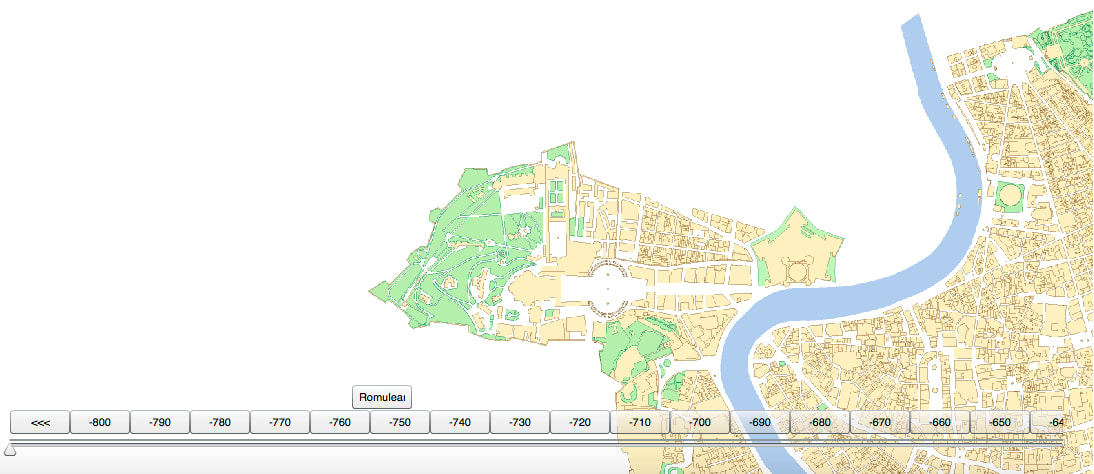
As the website states, it ‘is an interactive cartographic history of the relationships between hydrological and hydraulic systems and their impact on the urban development of Rome, Italy…it examines the intersections between natural systems - springs, rain, streams, marshes, and the Tiber River - and constructed systems including aqueducts, fountains, sewers, bridges, conduits, etc., that together create the Water infrastructure of Rome’.
The study begins in 753 BC and is intended to extend to the present day; it aims to increase understanding of the profound relationships that exist between Water systems, cultural practice, and the urban development of Rome, and by its example - all cities, landscapes, and environments.
The study begins in 753 BC and is intended to extend to the present day; it aims to increase understanding of the profound relationships that exist between Water systems, cultural practice, and the urban development of Rome, and by its example - all cities, landscapes, and environments.
The Tiber River, by day - July 2018.
The Tiber River, by night - July 2018.
Rinne’s intention, that the study would ‘foster work by other scholars and designers interested in exploring the ways in which Water infrastructure can be exploited toward the future development of humane, ecologically responsible, and engaging civic environments; all are important factors as today we face both critical Water shortages and rising sea levels due to climate change’ - has certainly been achieved, as I continue to be fascinated by the Roman system, and its endless provision of precedent ideas for cities, globally.
It is highly recommended, that students of Hydrology, Civil Engineering, Architecture, Landscape Architecture, Urban Design and Planning explore this interactive map and timeline. The study of a 2800 year old manmade infrastructure, which reflects a cultural landscape may influence your thinking about how to better implement design strategies for Water infrastructure, that would positively influence the landscapes of our future cities.
It is highly recommended, that students of Hydrology, Civil Engineering, Architecture, Landscape Architecture, Urban Design and Planning explore this interactive map and timeline. The study of a 2800 year old manmade infrastructure, which reflects a cultural landscape may influence your thinking about how to better implement design strategies for Water infrastructure, that would positively influence the landscapes of our future cities.
Trevi Fountain - standing 26.3 metres high and 49.15 metres wide, is the largest Baroque fountain in Rome and one of the most famous fountains in the world. (July, 2018)
Trevi Fountain - July 2018.
As Katherine Rinne concluded in that publication from so many Moons ago,
“Love for our waters should go hand in hand with love of our cities and towns. As we attempt to remediate past wrongs to our environment we must also keep in mind that there is no one right answer, and even the best answer is part of a process. Our goal is to encourage a new level of urban analysis and appreciation, based on an acknowledgement of where and how we live in our watershed, and of the impact that hydrological forces, processes and technology have on the development of a city. By examining any town or city through its Water infrastructure, we will all gain a richer understanding of urban dynamics. Furthermore, as designers and planners we will be able to ground our theoretical and design work more fully in the real context of the city, and as citizens will be able to see our urban environment as a network of linked forces, which in turn will bring a deeper understanding of the specific features of individual neighbourhoods and places”.
“Love for our waters should go hand in hand with love of our cities and towns. As we attempt to remediate past wrongs to our environment we must also keep in mind that there is no one right answer, and even the best answer is part of a process. Our goal is to encourage a new level of urban analysis and appreciation, based on an acknowledgement of where and how we live in our watershed, and of the impact that hydrological forces, processes and technology have on the development of a city. By examining any town or city through its Water infrastructure, we will all gain a richer understanding of urban dynamics. Furthermore, as designers and planners we will be able to ground our theoretical and design work more fully in the real context of the city, and as citizens will be able to see our urban environment as a network of linked forces, which in turn will bring a deeper understanding of the specific features of individual neighbourhoods and places”.
Roman Water Supply - how Roman Engineers kept Water flowing for miles around the expansive metropolis, ‘fountains that today, are still safe to drink from’:
Roman Engineering – Aqueducts:
Roman aqueducts, that supplied Water all over the Roman Empire and served as a mechanism for control, as the Romans could cut the supply off at any moment in time:
On a recent trip to Rome, I was once again reminded of the Arcade publication and Rinne’s interactive map, as I explored the city with my daughter and witnessed the fundamental human right of access to clean Water - a right implemented in the city, through a multitude of icy-cold free-flowing drinking fountains.
A free-flowing drinking fountain, in the Jewish Quarter of Rome - July, 2018.
"Rome is one of the few cities in the world with a dual Water system - one that has been in use for more than 2,300 years. Supplied chiefly by aqueducts, the city retains the best Water (from springs in the Apennine Mountains) for drinking, and uses second-class Water (from the volcanic Bracciano Lake) for industrial and non-potable uses including fountain displays. Additionally, the Water flowing into the city rarely serves only one purpose before flushing the sewers."
"Continuously overflowing Water from public fountains is redirected through gravity to other non-potable fountains or used to irrigate public gardens. Additionally Roman Water law has always fostered wide public use. Until recently public fountains were used for drinking, cooking, bathing, tending animals and doing laundry and consequently were considered of primary importance. Public Water was "free" and plentiful, while private Water users (in palaces, villas, and industries) paid steep rates for the privilege of piped Water. Even today when everyone has Water at home, public fountains are still considered essential to daily life and the efficient functioning of the city". - Katherine Rinne in "Hydroscape / Cityscape" - ARCADE, Volume 19.1, Fall 2000, pp. 25.
Some free-flowing drinking fountains from which we drank and collected Water, as witness to the implementation of the human right of access to (clean) Water - every Roman’s right.
Water infrastructure in Rome - July, 2018.
Such cultural landscapes are a legacy for every person as the great diversity of the interactions between humans and their environment are revealed. Living traditional cultures are protected and the traces of those which have disappeared - are preserved, and in this way, 'a sense of place' or identity for future generations is created. The potential benefits from such preservation are enormous, as these special places remind us of the aspects of a country's origins and development, reveal much about humankind's evolving relationship with the natural world and provide scenic, economic, ecological, social, recreational and educational opportunities that help individuals, communities and nations understand themselves, serving as texts and narratives of a culture in relationship with their ecological contexts over time.
Some of the many splendid fountains of Rome, that through their form and features reveal much about the Roman’s evolving relationship with the natural world. Additionally, a substantial source of revenue for the city - approximately 1million Euros worth of coins, is gathered from Roman fountains annually.
July, 2018.
July, 2018.
In Rome, I was reminded, that by celebrating Water as a civic infrastructure, Cape Town’s hidden hydro-structure - a system of 32 springs supplying four streams, forced underground into a warren of engineered tunnels, a reclaimed and encroaching coastline; and bountiful unused heritage utility infrastructure - a cultural landscape is reflected. That recovering this past, illustrates Water as part of city life, culture, religion, work, play, ritual and connectedness and that restored sources that re-integrate Water with urban life, the stories of sharing, healing and celebration are revealed. And that the preservation of the range of heritage; ecosystem types and biodiversity - reinforces the ideal of ‘the commons’ and protects a city’s civic identity.
Furthermore, that ‘by maintaining the connectivity of the urban-water-continuum citizens are able to understand their own place in reflection to the territory of the city’, which provides a sense of identity and belonging – vital to the functioning of a healthy society.
Furthermore, that ‘by maintaining the connectivity of the urban-water-continuum citizens are able to understand their own place in reflection to the territory of the city’, which provides a sense of identity and belonging – vital to the functioning of a healthy society.
| Myself, at the Fontana del Nettuno (Neptune with his trident is accompanied by two dolphins) on Piazza del Popolo - July, 2018. | Marble pebbles, tossed and tumbled for eons, embody the history of Rome and the spirit of the place - July, 2018. |
The design of Camissa, as a hydro-spatial framework was much influenced by the precedent of Rome - to be a hydrological network that could restructure the city according to environmental principles and allow Water to function throughout the public realm as a progressive living system, based on the intrinsic value of Water as a significant public resource, where people can gather around our common heritage, Camissa - the very Waters that defined the location of the city, reflecting the public past and embracing a new civic infrastructure. One, inspired by the deliberate recognition and respect for the cultural and ecological significance of this Water - giving meaning to the ancient name of the city, 'the place of sweet waters'.
It remains my dream, that one day Table Mountain’s springs will supply drinking Water at historical and cultural locations - throughout the Greater Cape Town Municipal Area, that mark significant places and time in our history.
ALL RIGHTS ARE RESERVED by THE RECLAIM CAMISSA TRUST No. IT 2882/2010.
This is a citizen-scientist open source database. By acknowledging and referencing the source, you are welcome to use the material and information provided here for the common good.
All research, spatial framework and proposals are the intellectual property of Caron von Zeil.
This is a citizen-scientist open source database. By acknowledging and referencing the source, you are welcome to use the material and information provided here for the common good.
All research, spatial framework and proposals are the intellectual property of Caron von Zeil.

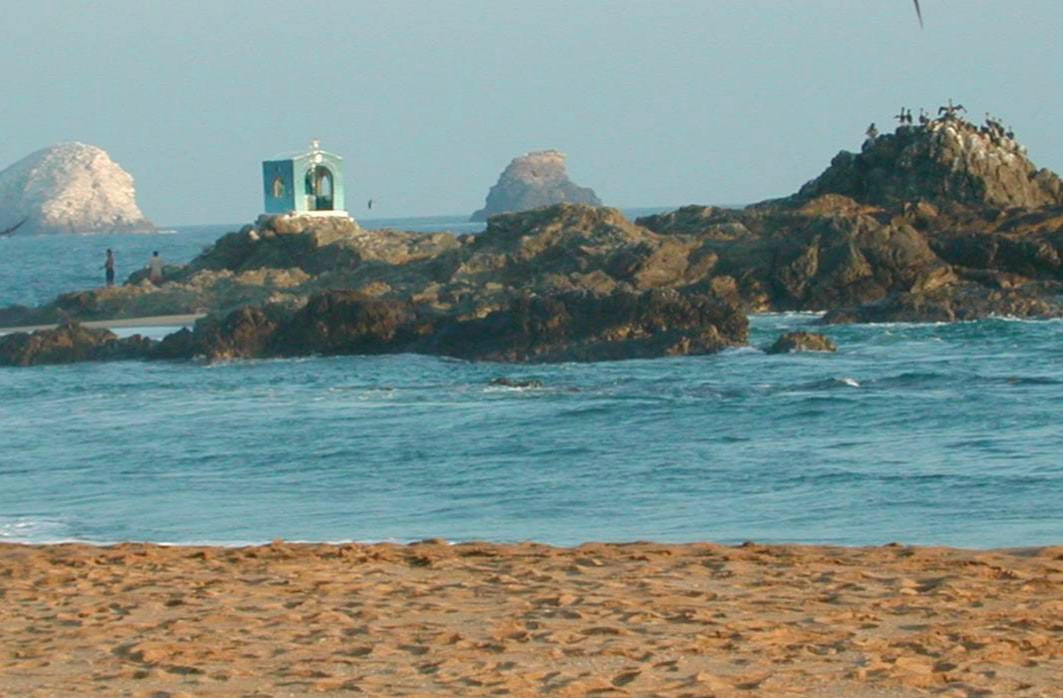
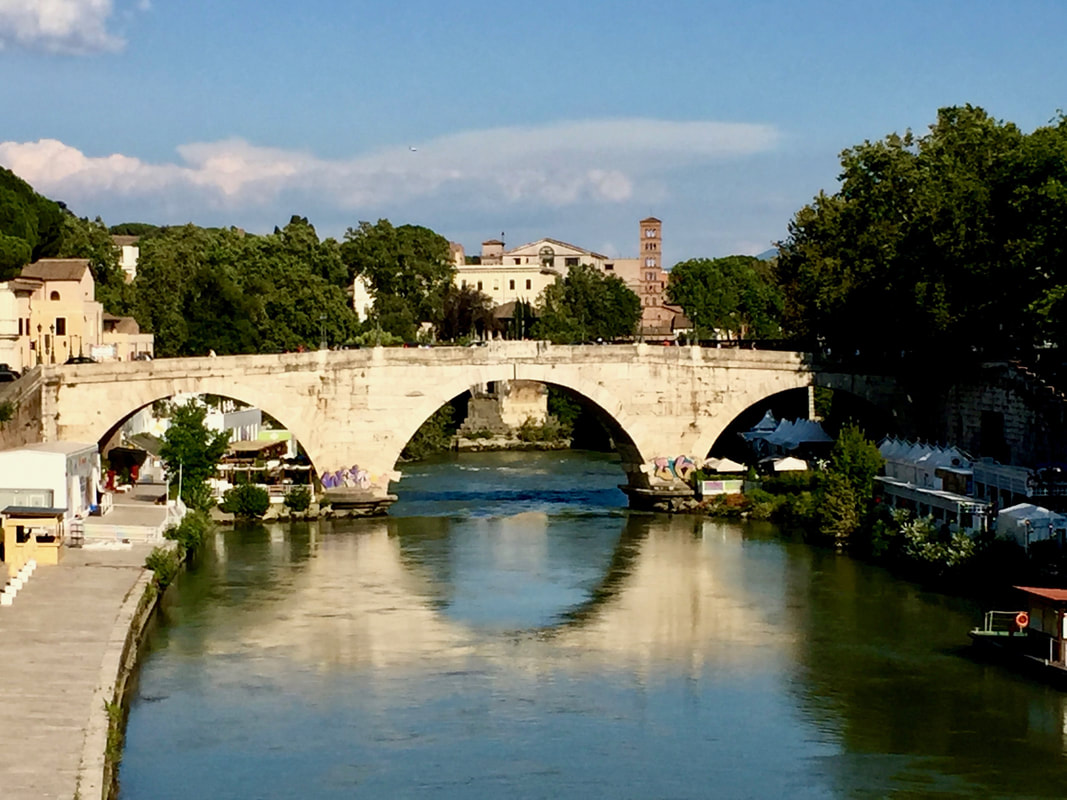
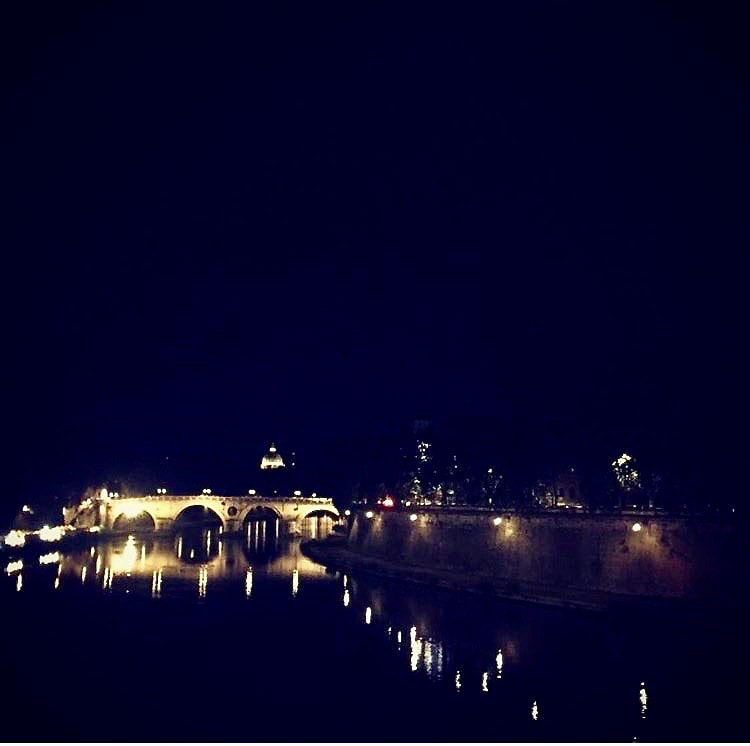
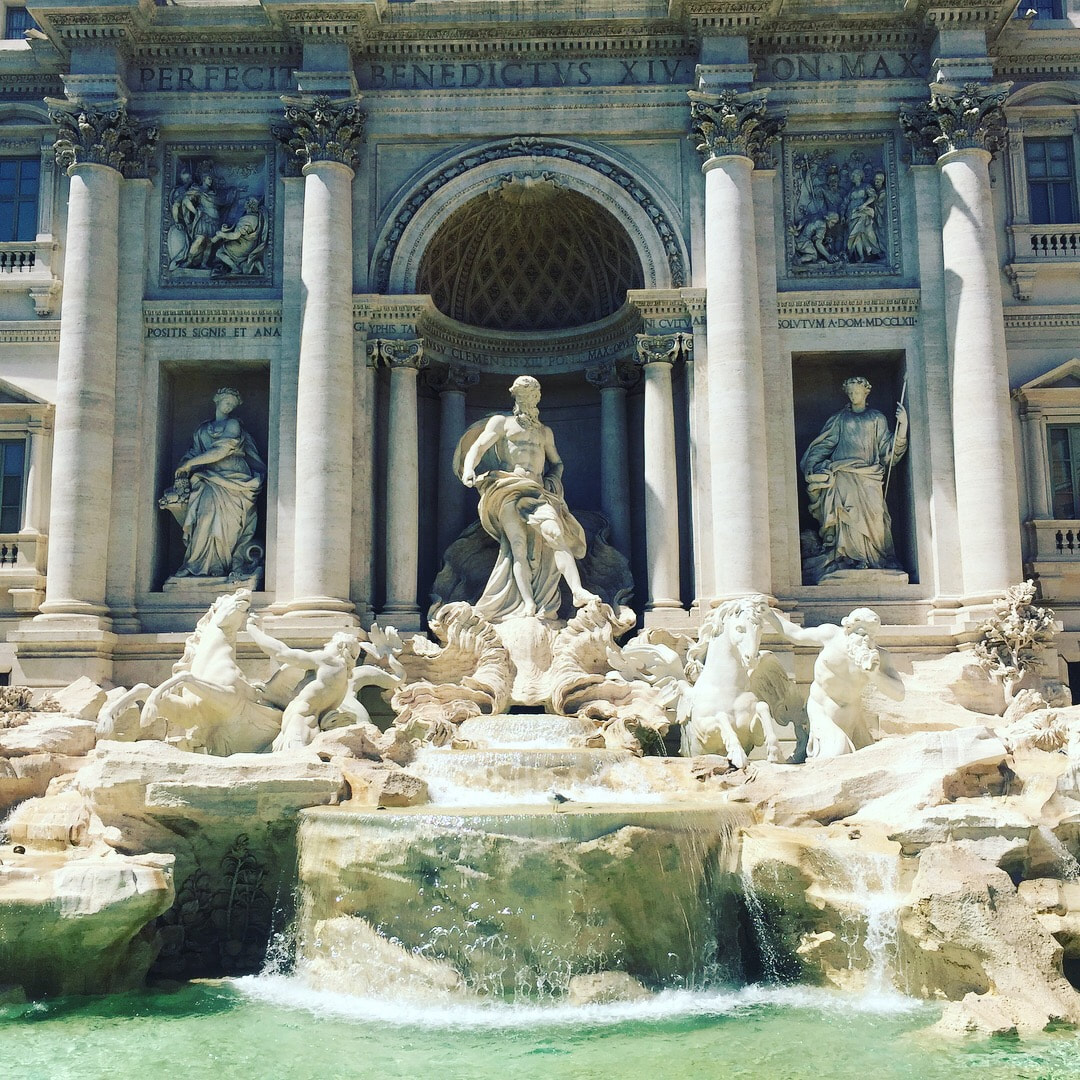
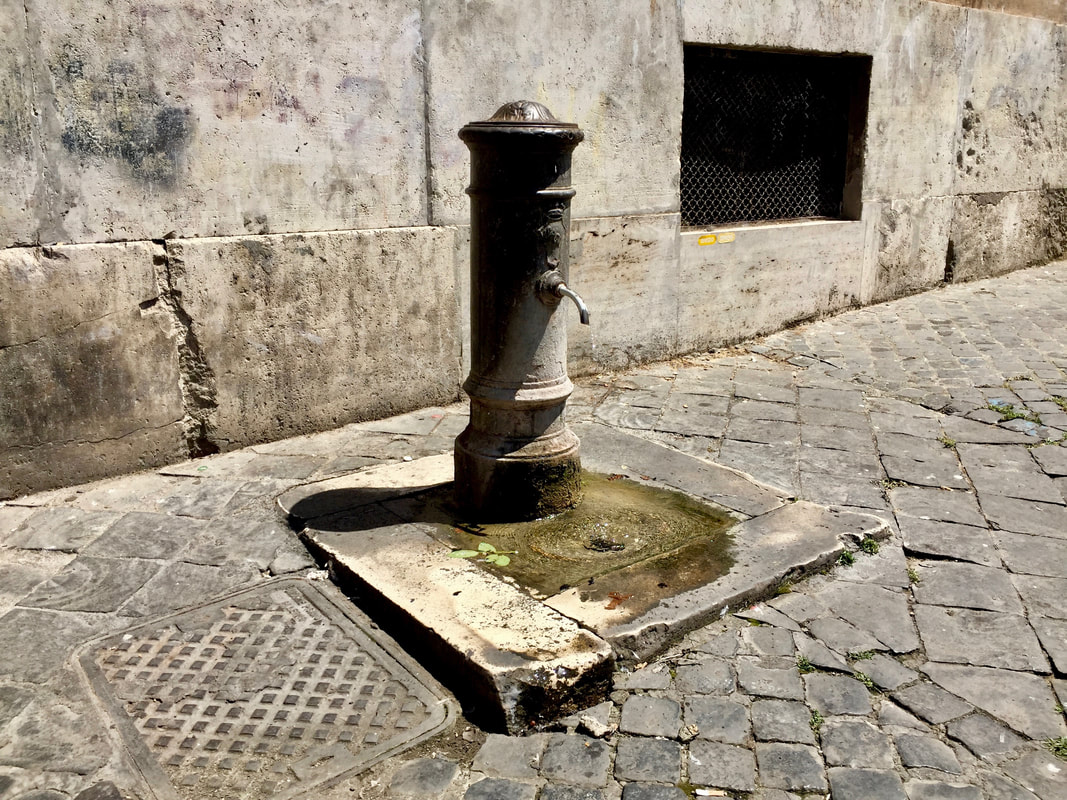
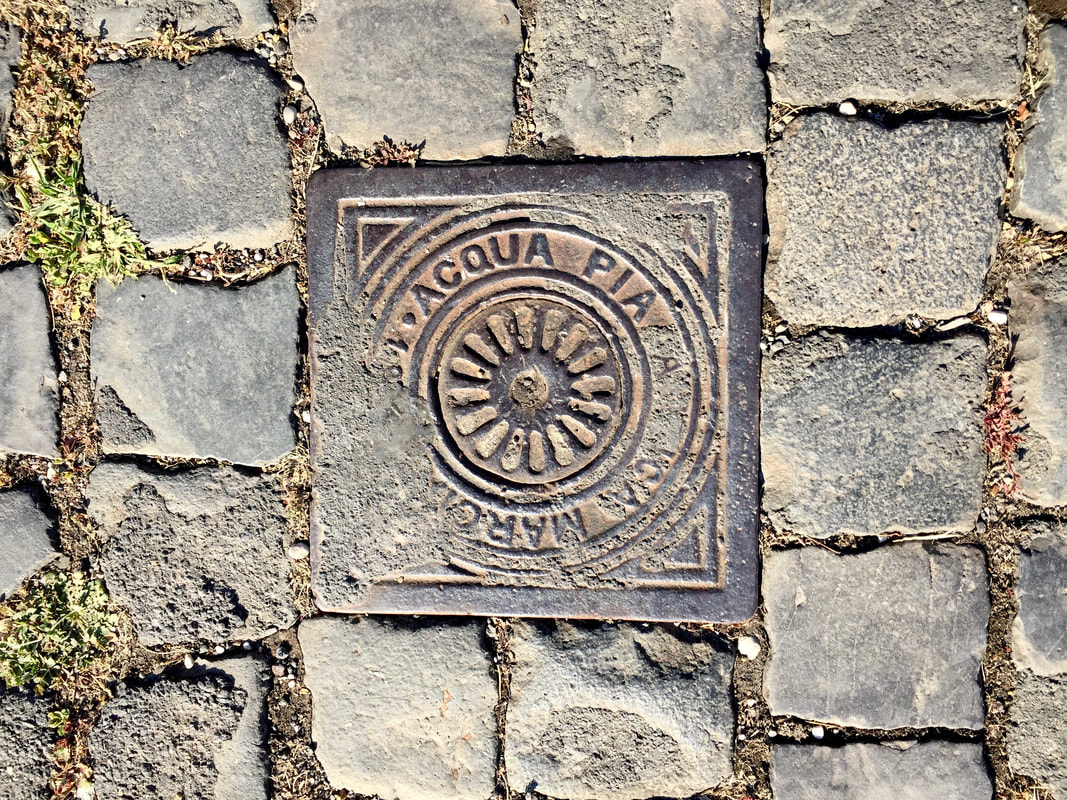
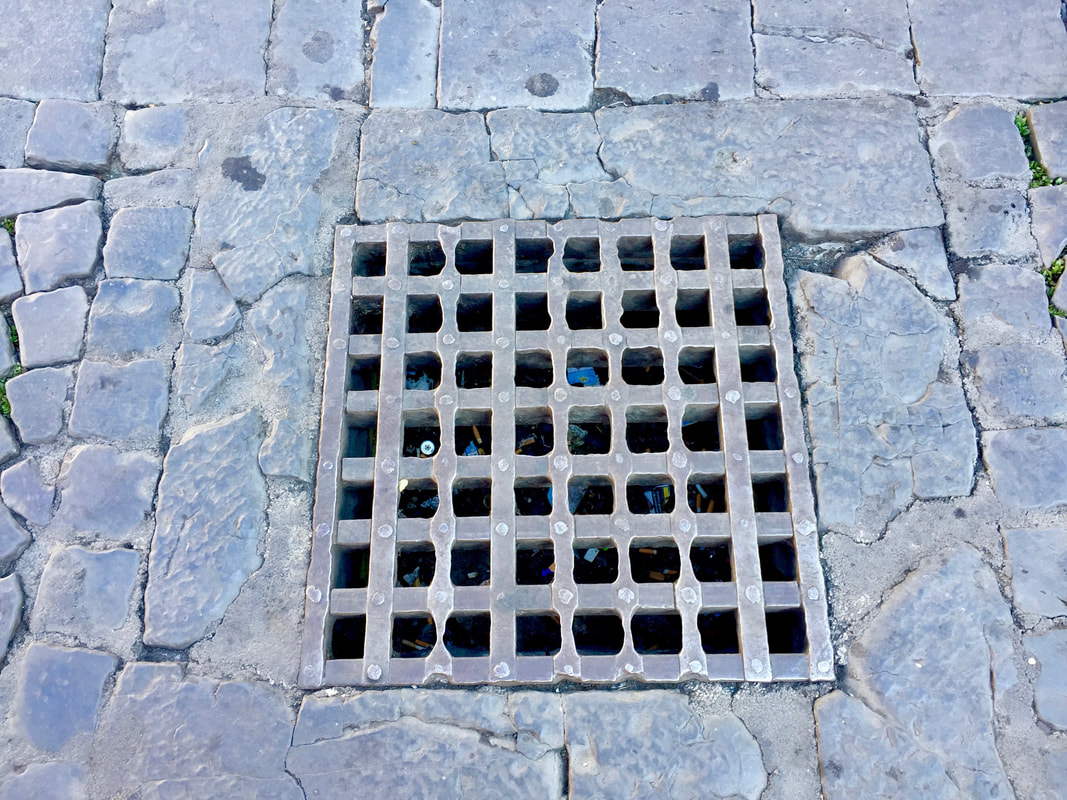
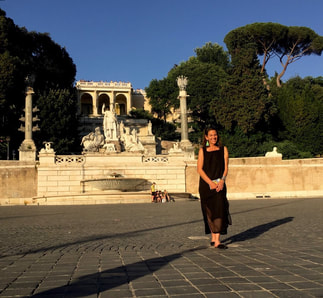
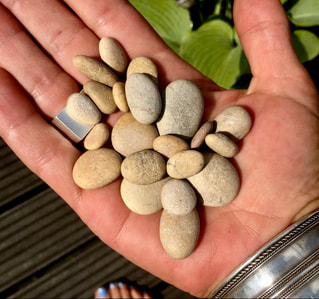
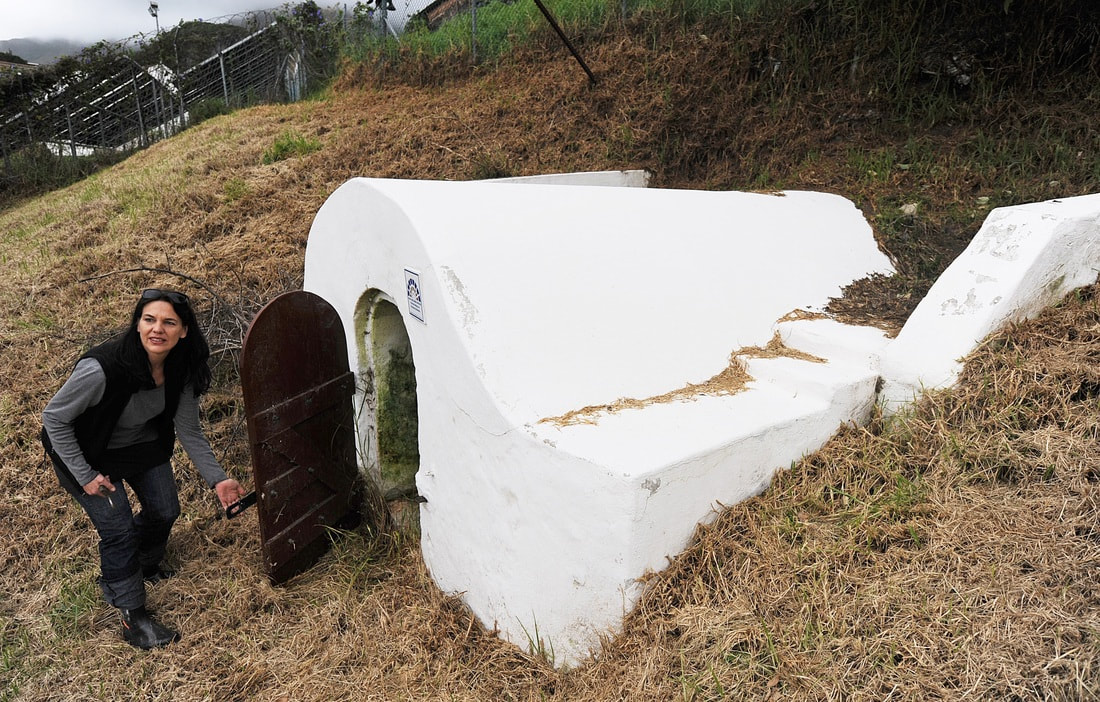
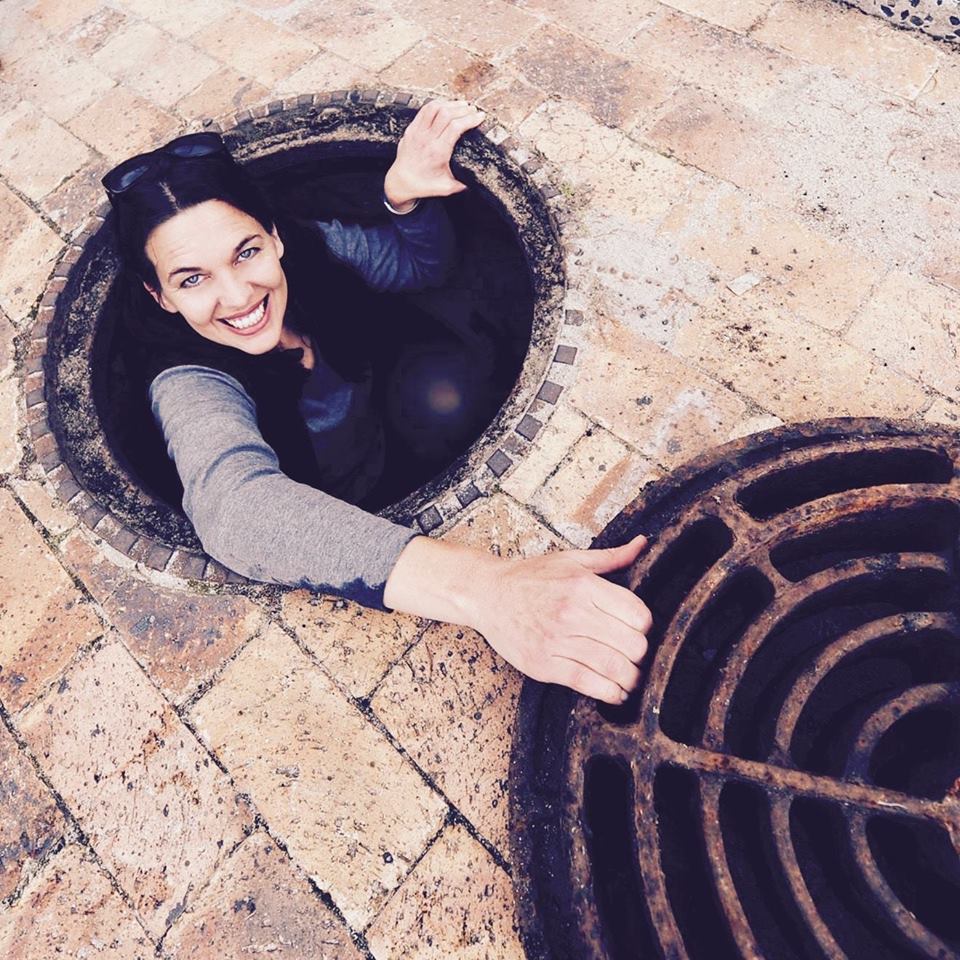
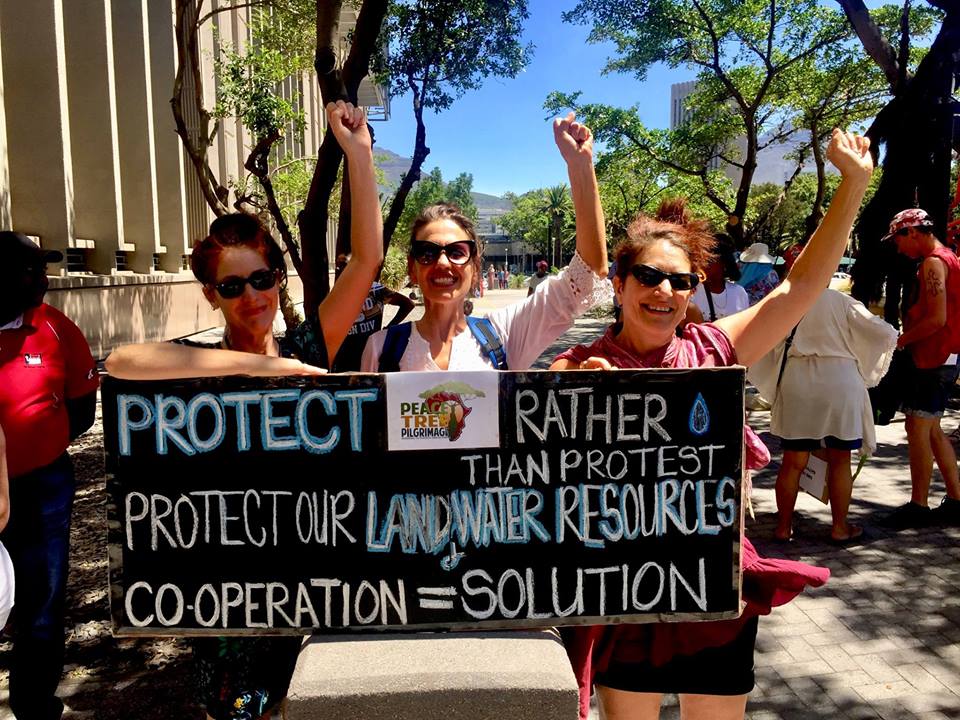
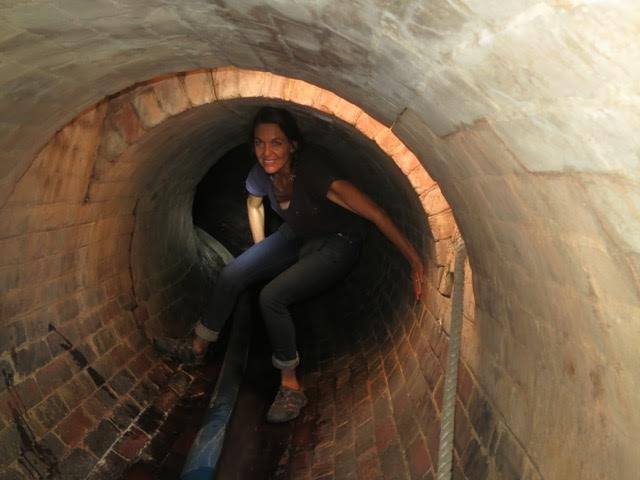
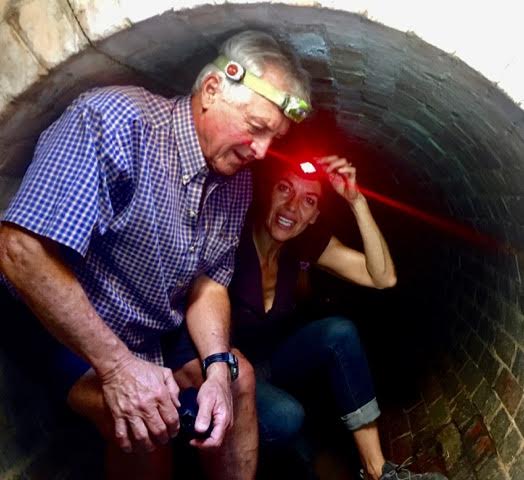
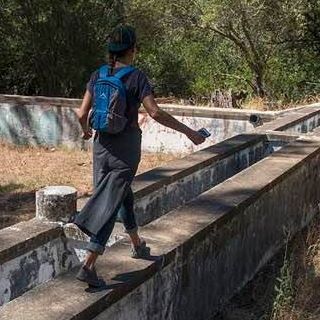
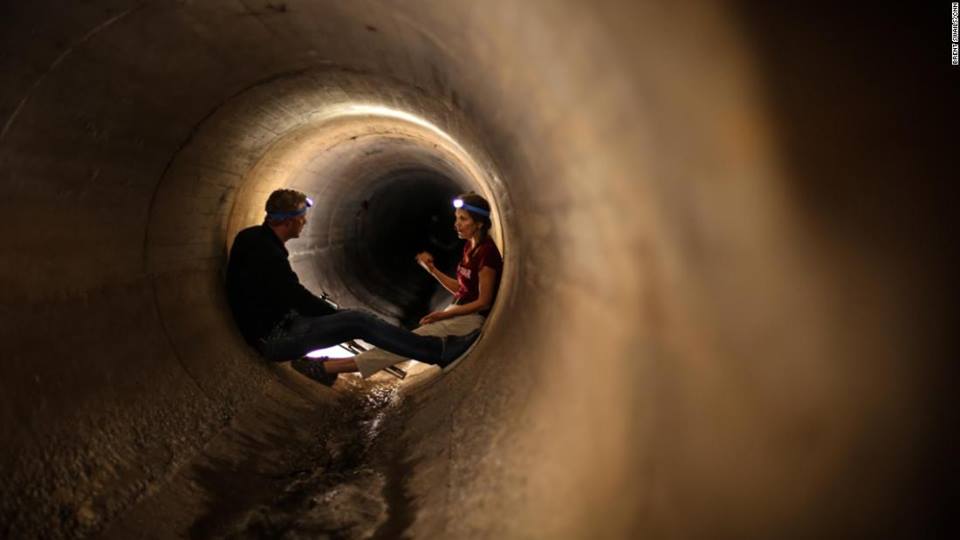

 RSS Feed
RSS Feed
